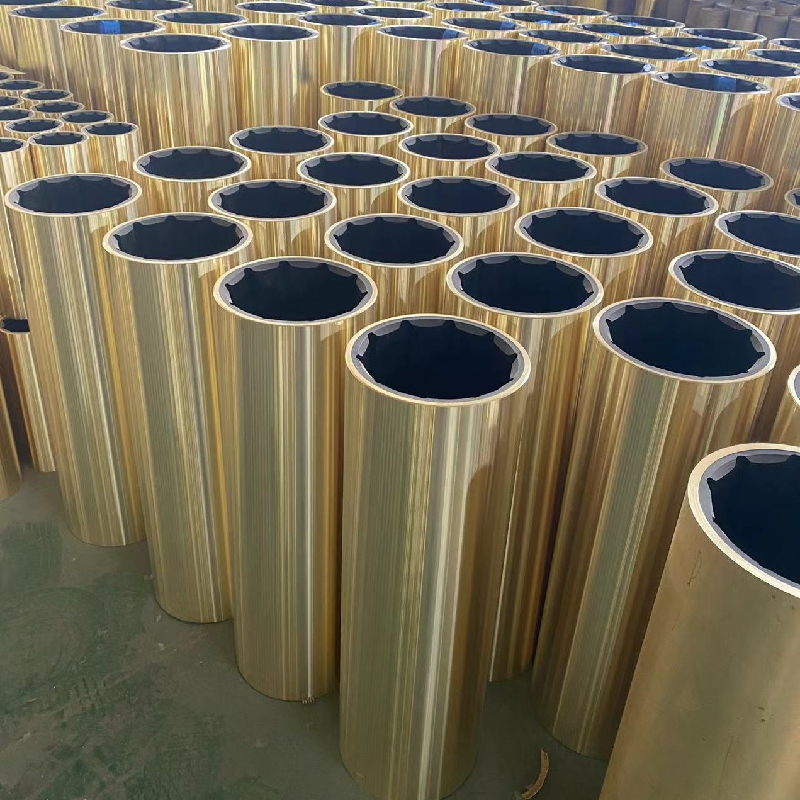oil seal function
The Function of Oil Seals in Machinery
Oil seals, often referred to as lip seals or radial seals, play a crucial role in the functioning and longevity of various mechanical systems. These components are designed to retain lubricants and prevent the entry of contaminants into critical engine and machinery parts. Although they may seem like simple components at first glance, oil seals are integral to ensuring optimal performance and longevity of machines.
Structure and Design
An oil seal typically consists of a circular rubber or elastomeric material with a metal casing. This design allows for flexibility while maintaining a strong seal. The inner part, or lip, makes direct contact with the rotating shaft, creating a barrier that minimizes fluid leakage. The outer part of the seal is press-fitted into the housing or cover of the machine, ensuring a snug fit.
Functions of Oil Seals
1. Fluid Retention The primary function of oil seals is to prevent the loss of lubricating oil from internal components. This is particularly important in engines, transmission systems, and gearboxes, where lubrication is essential for reducing friction and heat between moving parts. By retaining the lubricant, oil seals help maintain optimal operating conditions, which in turn enhances efficiency and performance.
oil seal function

2. Contaminant Exclusion Oil seals play a vital role in keeping dust, dirt, and moisture out of machinery. Contaminants can cause wear and tear to internal components, leading to premature failure and costly repairs. By providing a reliable barrier, oil seals help protect sensitive parts from environmental factors that can degrade performance and reliability.
3. Pressure Resistance Many machinery operations involve significant pressure changes. Oil seals are designed to withstand these varying pressures without compromising their sealing ability. This feature is particularly important in hydraulic systems, where maintaining low leakage rates is critical for performance.
4. Noise Reduction In addition to sealing functions, oil seals also contribute to noise reduction in machinery. The presence of lubricant, retained by the seal, creates a smoother operation, thereby minimizing vibrations and noise levels. This is beneficial not only for the comfort of operators but also for the wear and tear on equipment over time.
Regular Maintenance and Replacement
Oil seals can degrade over time due to factors such as heat, friction, and exposure to various chemicals. It is advisable to regularly inspect oil seals in machinery to ensure they are functioning correctly. Signs of wear include oil leaks, which may indicate that the seal has been compromised. This can lead to more significant issues if not addressed promptly.
In conclusion, oil seals are small but essential components in various mechanical systems. Their functions of fluid retention, contaminant exclusion, pressure resistance, and noise reduction make them vital for the efficiency and longevity of machinery. Regular maintenance and timely replacement of these components can lead to enhanced performance, reduced downtime, and prolonged equipment life. Understanding the function and importance of oil seals is critical for anyone involved in maintenance or operation of machinery, ensuring optimal performance in their applications.
-
Simplifying Oil Changes: A Comprehensive Guide to Oil Drain Plugs and Their Variants
News Aug.04,2025
-
Mastering Oil Drain Maintenance: Solutions for Stripped, Worn, and Upgraded Oil Plugs
News Aug.04,2025
-
Fixing Oil Pan Plug Issues: Leaks, Stripped Nuts, and the Right Replacement Solutions
News Aug.04,2025
-
Everything You Need to Know About Oil Drain Plugs: Sizes, Fixes, and Upgrades
News Aug.04,2025
-
Choosing the Right Oil Drain Plug: A Guide to Sizes, Materials, and Drain Innovations
News Aug.04,2025
-
A Complete Guide to Automotive Drain Plugs: Types, Problems, and Innovative Solutions
News Aug.04,2025
-
The Ultimate Guide to Car Repair Kits: Tools and Essentials Every Driver Should Own
News Aug.01,2025
Products categories















